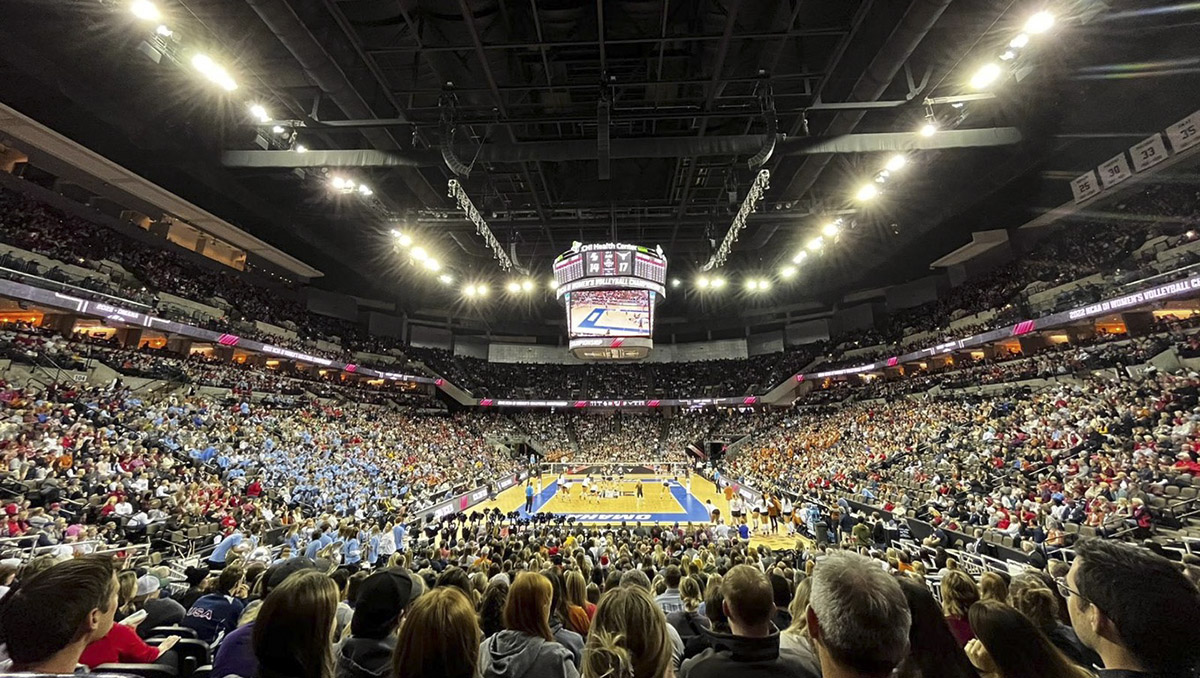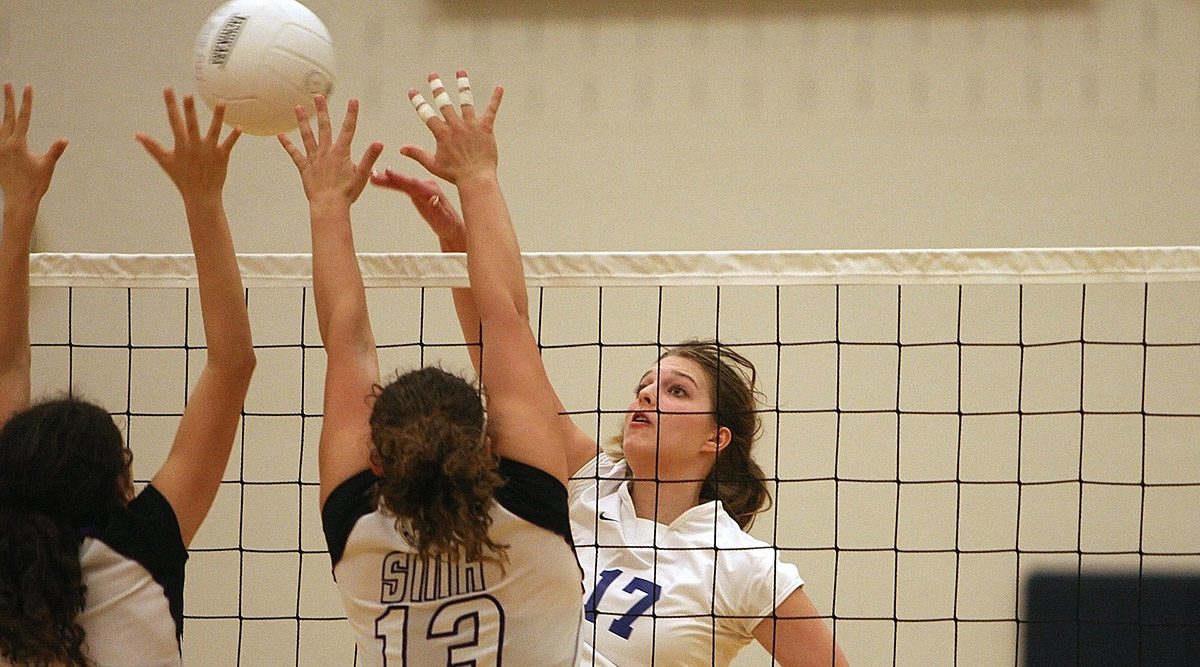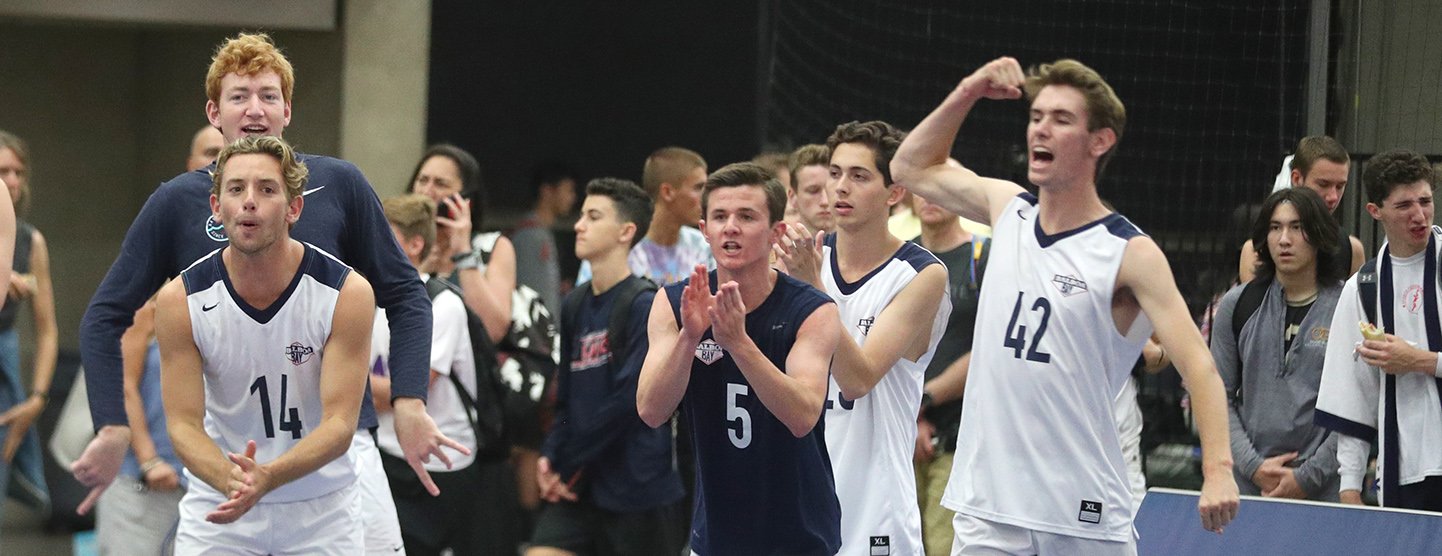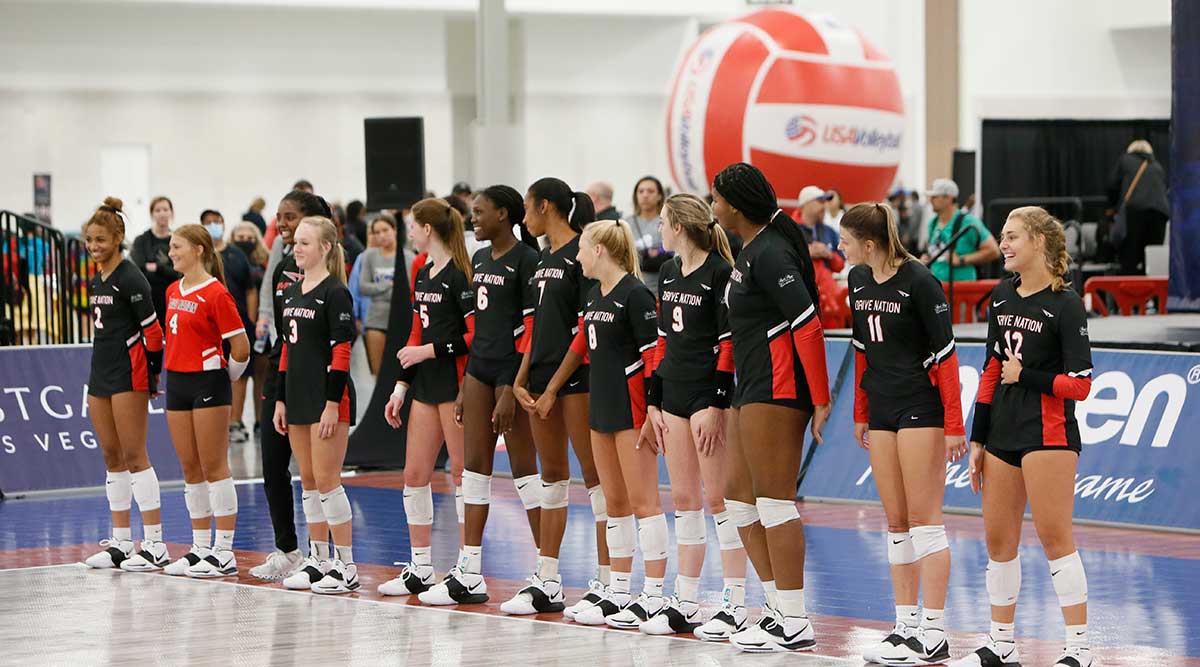
An Overview of Name, Image, and Likeness in College Sports
What does NIL really mean and why does it matter? In legal language, name, image, and likeness make up the three pieces of one’s “right to publicity." Michelle Meyer of the NIL Network shares the basics to understanding what NIL means for athletes.



